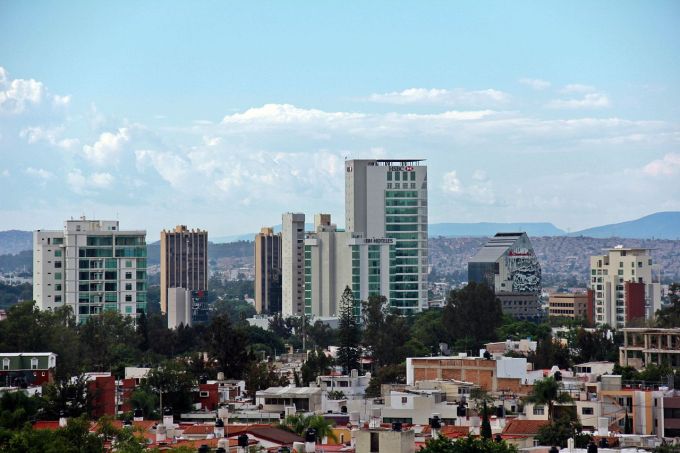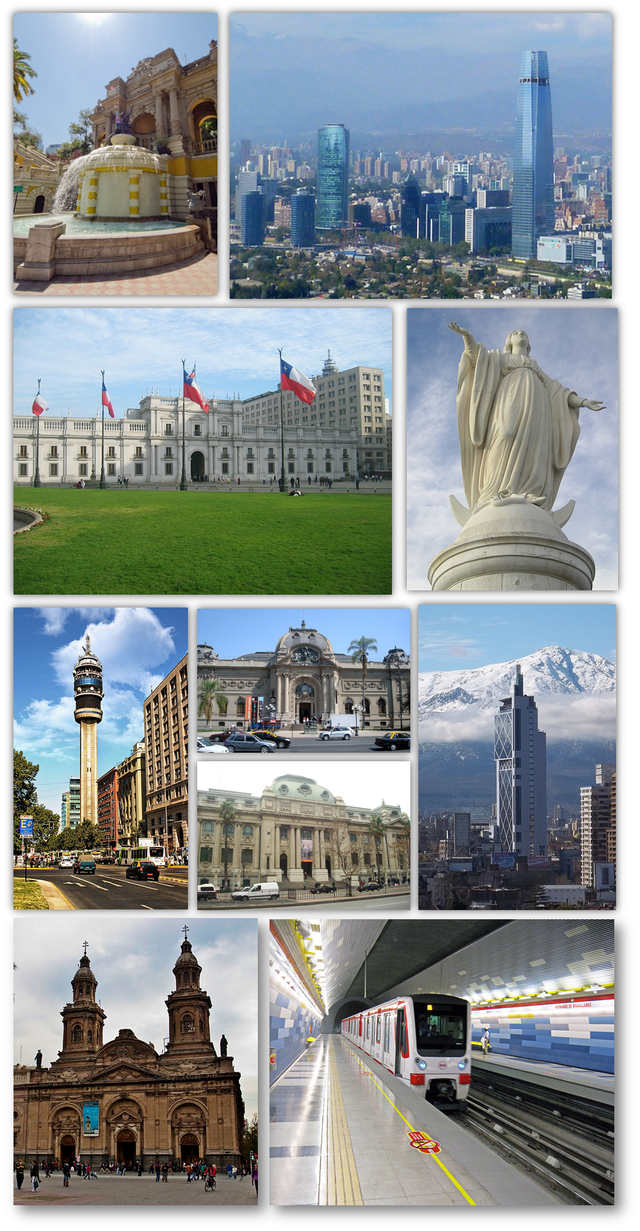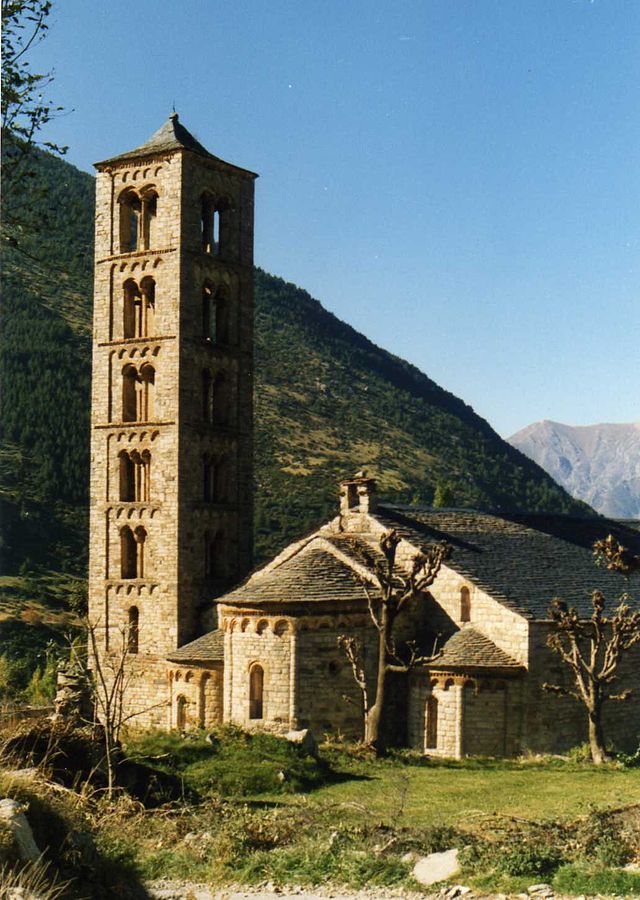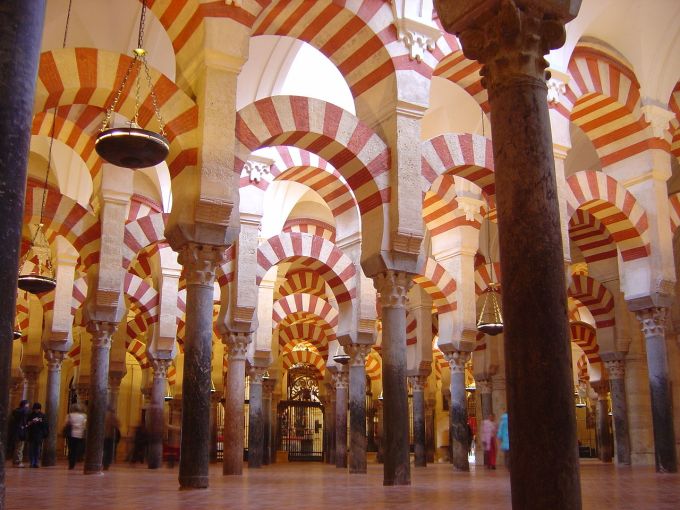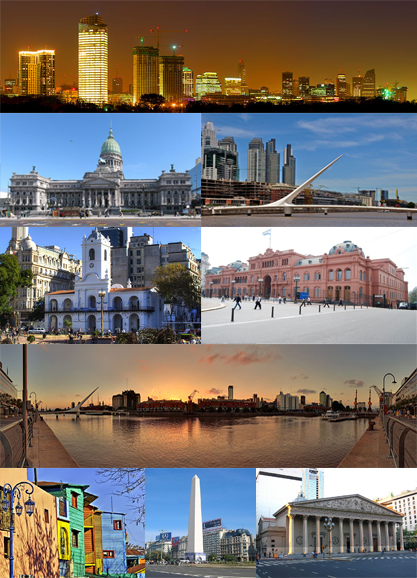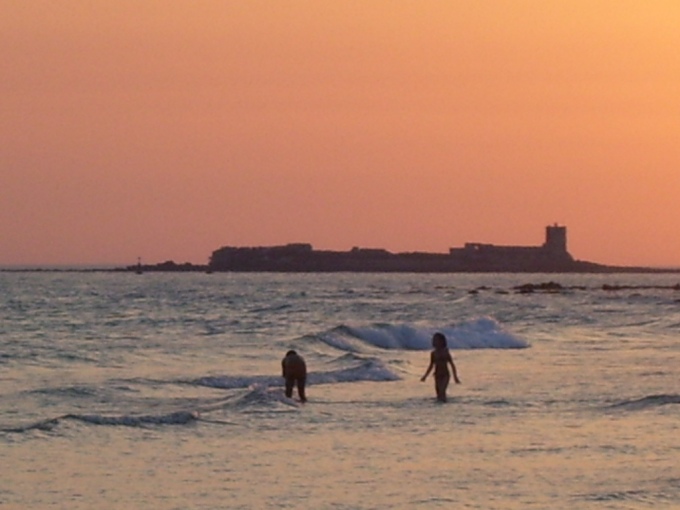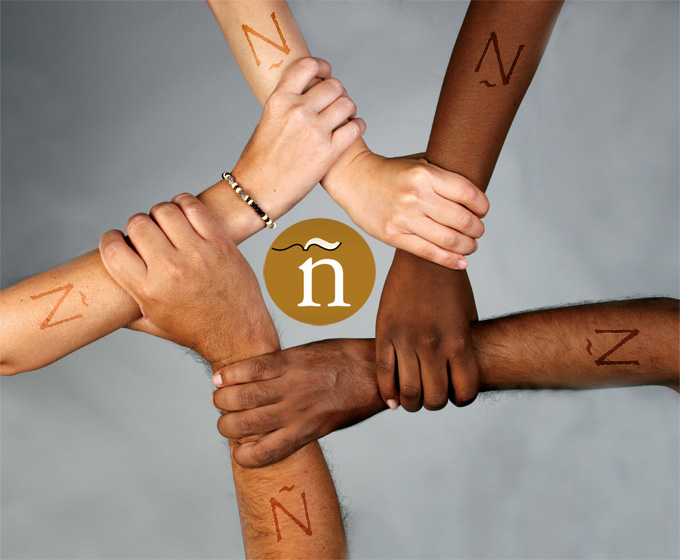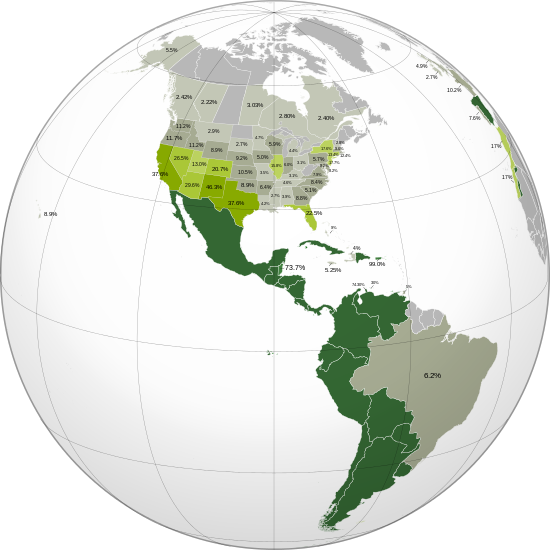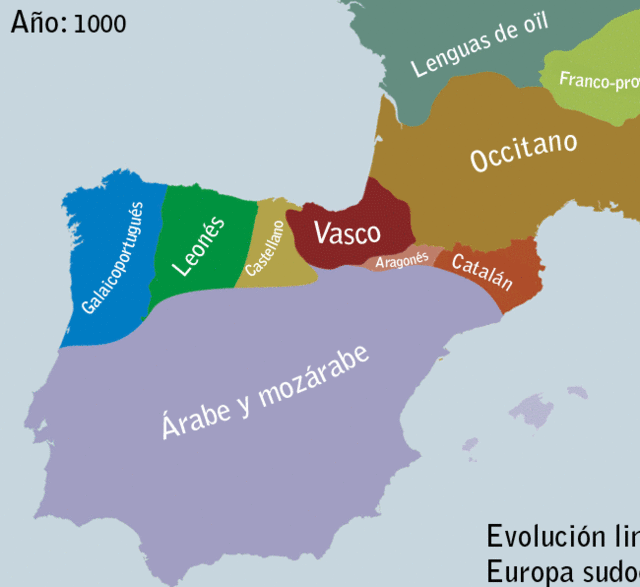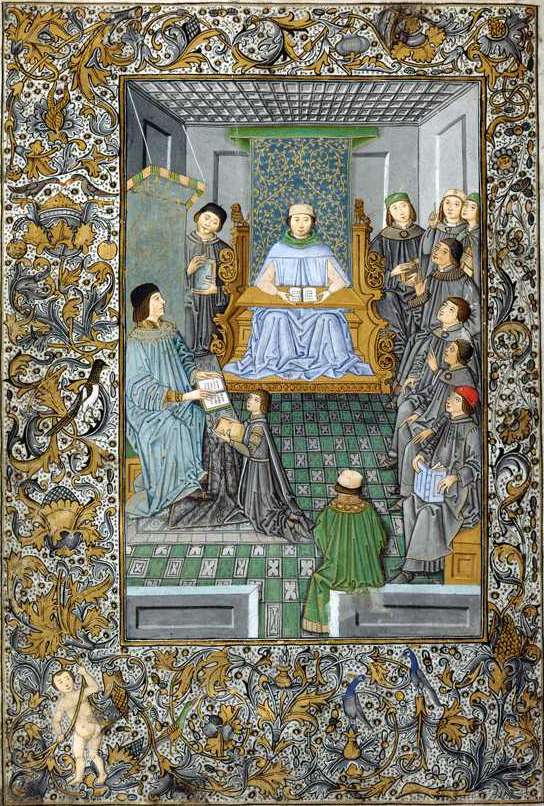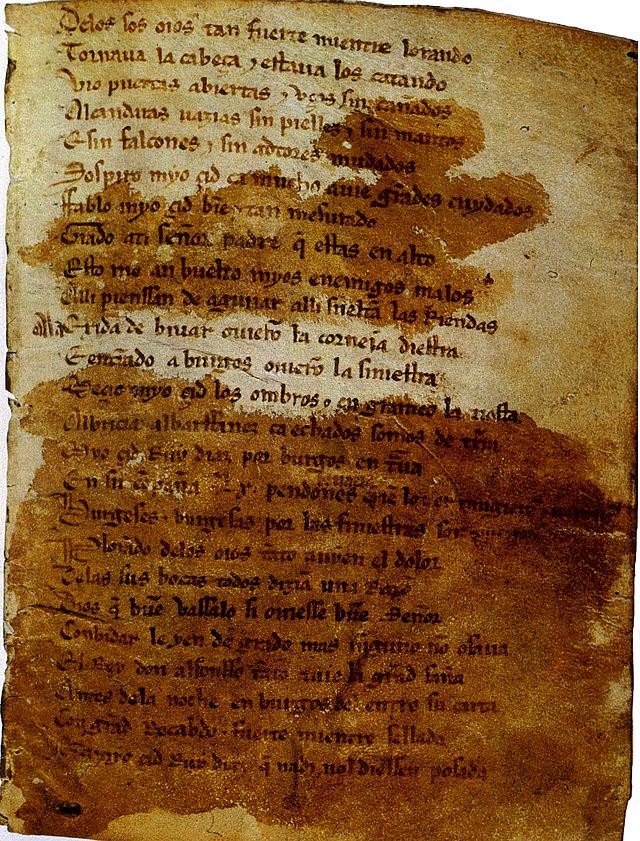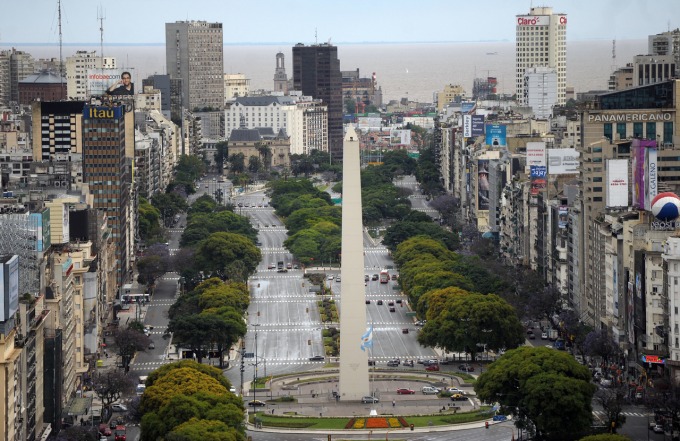POLÉMICA EN TORNO A ‘ESPAÑOL’ O ‘CASTELLANO’
La polémica en torno a los términos «español» y «castellano» estriba en si resulta más apropiado denominar a la lengua hablada en Hispanoamérica, enEspaña y en otras zonas hispanoparlantes con uno u otro término, o bien si ambas son formas perfectamente sinónimas y aceptables.
Como muchas de las controversias relacionadas con la denominación de una lengua identificable con un determinado territorio (español con España, y castellano con Castilla, el antiguo reino de donde surge el idioma), o que lleva aparejada una ideología o un pasado histórico que provoca rechazo, o que implica una lucha en favor de una denominación única para facilitar su identificación internacional y la localización de las producciones en dicha lengua (por ejemplo, en redes informáticas), la controversia es extralingüística.
Desde el punto de vista estrictamente lingüístico, no es posible justificar preferencias por una denominación u otra.
En el ámbito normativo o prescriptivo, según la normativa establecida por los principales organismos de política lingüística del área hispanohablante en lo relativo a la codificación del estándar idiomático (Real Academia Española y Asociación de Academias de la Lengua Española), «castellano» y «español» son términos sinónimos, aunque el Diccionario panhispánico de dudas, obra de esta misma institución de carácter normativo, señala: «El término español resulta más recomendable por carecer de ambigüedad, ya que se refiere de modo unívoco a la lengua que hablan hoy cerca de cuatrocientos millones de personas. Asimismo, es la denominación que se utiliza internacionalmente (Spanish, espagnol, Spanisch, spagnolo, etc.)».84
Asimismo, el diccionario normativo editado por la Real Academia Española de la Lengua y la Asociación de Academias de la Lengua Española se titulaDiccionario de la lengua española.85
Determinados autores han mostrado su preferencia por uno u otro término, como el lingüista venezolano Andrés Bello, que titulaba su principal obraGramática de la lengua castellana, o el valenciano Gregorio Mayans y Siscar, que escribía, en 1737, en su libro Orígenes de la lengua española lo siguiente: Por “lengua española” entiendo aquella lengua que solemos hablar todos los españoles cuando queremos ser entendidos perfectamente unos de otros.86
Por otra parte, la Constitución española de 1978, en su artículo tercero, utiliza la denominación castellano para la lengua, diferenciándola de las otraslenguas españolas, tales como el euskera, el catalán o el gallego.
En cuanto a los filólogos, algunos autores justifican el uso preferente de uno u otro término a partir de su origen y evolución histórica, interpretados de maneras distintas.
____________________……………………………===========================
Controversy over “Spanish” or “Castilian”
The controversy over the words “Spanish” and “Castilian” is whether it is more appropriate to call the language spoken in Latin America , in Spain and other Spanish-speaking areas with either term, or whether both forms are perfectly synonymous and acceptable.
Like many of the controversies related to the name of a language identifiable with a specific territory (Spanish with Spain and with Castilian Castilla , the old kingdom of which the language arises), or entails an ideology or a historical past that causes rejection or that involves a struggle for a single name for easy identification and location international productions in that language (for example, in computer networks), the dispute is extralinguistic.
From the point of view strictly linguistic , preferences can not be justified by a denomination or another.
In the normative or prescriptive level, according to rules established by the major Spanish-speaking language policy area regarding idiomatic coding standard (Royal Spanish Academy and the Association of Spanish Language Academies), “Castilian” and “Spanish ‘are synonymous terms, although thePan-Hispanic Dictionary of doubt , the work of this institution normative says: “The term Spanish is more recommendable unambiguous as it refers unambiguously to the language spoken today about four million people. It is also the name that is internationally (Spanish, espagnol, Englisch, inglese, etc.) used. » 84
Also, the standard dictionary published by the Royal Spanish Academy of Language and the Association of Spanish Language Academies entitledDictionary of the Spanish language . 85
Some authors have shown a preference for either term, as the linguist Venezuelan Andrés Bello , who titled his major work Grammar of the Castilian language , and Valencian Gregorio Mayans and Sisco, who wrote in 1737 in his book Origins of Spanish language as follows: For “Spanish” language that I understand all the Spanish we speak when we want to be understood each other perfectly. 86
Moreover, the Spanish Constitution of 1978 , in its third article, used the termCastilian for the language, distinct from the other Spanish languages , such asBasque , the Catalan or Galician .
As to the philologists, some authors justify the preferential use of either term from its origin and historical evolution, interpreted in different ways.
Fuente:


